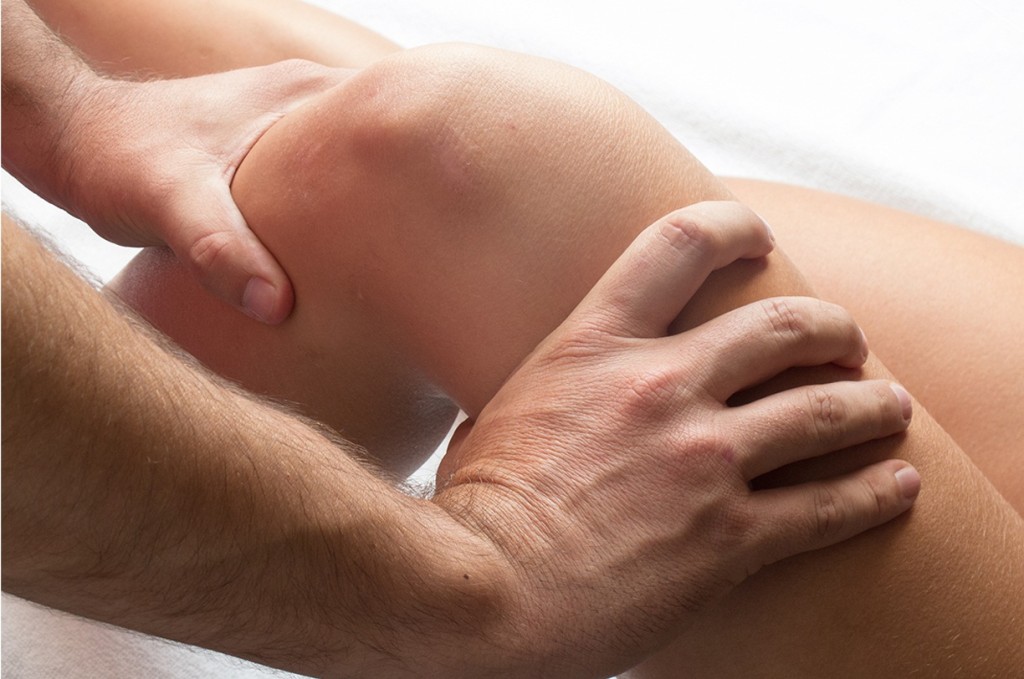Originally, techniques were developed for athletes in the requisition of effective and non-invasive treatment for the improvement of chronic and acute injury of soft tissue. These techniques are the mobilization of soft tissues that are instrument-assisted in patented and innovative form, and treatment professionals are allowed to break down the scar tissue and other restrictions in the fascia. Consequently, such techniques are particularly able to explore and provide effective treatment to the body portions exhibiting chronic inflammation and soft tissue fibrosis.
Trained clinicians have conducted research on such techniques and have explored that influential micro trauma that is induced in the course of the protocol can enhance the fibroblasts level to the requisite area of treatment. The scar tissue inflammation induces the cascade of healing for the rearrangement of the tissue structure and replacement of the damaged tissue with the new one. For pain minimization, ice is applied and it is recommended to take exercise for the improvement of the range of motion and function.
For documentation of the efficacy of such techniques, other clinical studies were conducted in the achievement of better results beyond conventional therapies. These injury treatment techniques are effective enough in the treatment of injuries that may have not been successful for response to previous therapies. The requirement of the technique is the use of definite instruments, which are similar almost to a tuning fork. In order to facilitate him or her in the isolation of restrictions and adhesions for a soft tissue injury treatment that is more precise, there is resonation of the instrument in the hands of the therapist.
Your range of motion is limited by the scar tissue and pain is caused that is preventive of your well functioning. Typically, normal tissue is viewed as dense, regular and elongated fibers that follow the same direction like tendons and ligaments, or as dense, irregular and loose fibers going into multiple directions. Either way, in case of damaged tissue, the healing is tended in a pattern that is haphazardly considerable to cause the pain, scarring, and restricted motion range.
The technique is capable of breaking down and separating collage cross-links, and stretching and splaying of muscle fibers and connective tissue, enhancement of skin temperature and encouragement of reflex changes in persistent muscle that holds pattern. Such technique for injury treatment is capable of improvement of cellular activity in the injured area, enhancement of the amount and blood flow rate to and from the area, and improvement of the histamine response.
The instruments of such techniques ought to boost the ability of the therapist for finding adhesions, restrictions and scar tissue in areas that are affected. Instruments of stainless steel may be in use for combing over fibrotic tissue for the detection of the restrictions. Such instruments are in common use for the softening and breaking up of scar tissue, so your body is able to absorb it. There is a common feeling of minor discomfort during the procedure. Some bruising too may be experienced. These are portioned in the technique’s healing process. Just you have to make sure that the therapist who is accredited and trained provides the procedure.
